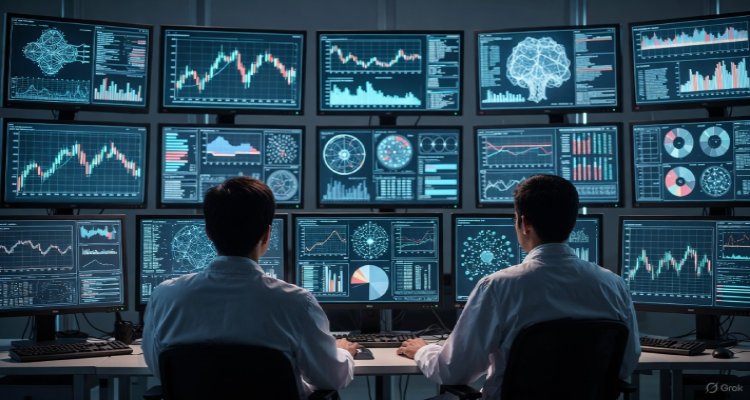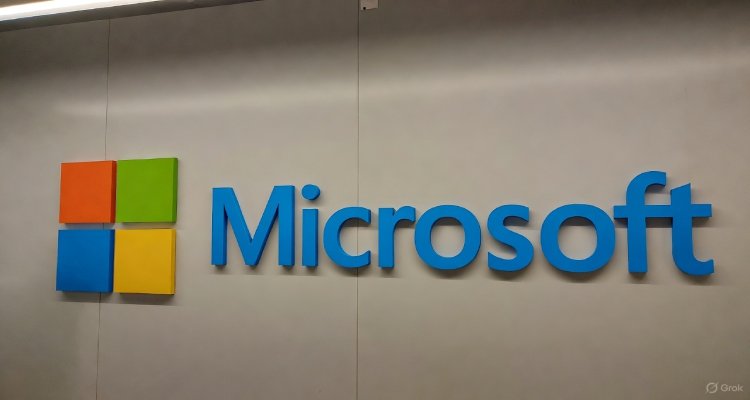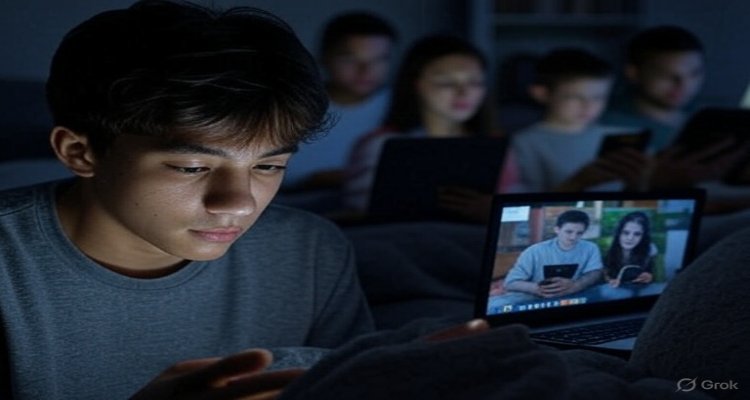Pixel Power: Technology in a Screen-First World
In a screen-first world, technology shapes how we work, connect, and live. Explore its impact on society, health, and the future of human interaction.
Introduction: The Glow That Defines Our Lives
The first thing many of us see each morning isn’t sunlight—it’s a screen. From smartphones buzzing with notifications to laptops filled with endless tasks, technology has shifted humanity into a screen-first existence. What was once a tool has become a gateway to nearly every aspect of life—communication, education, entertainment, and even identity. This transformation raises a pressing question: is our growing reliance on pixels empowering society, or quietly reshaping it in ways we don’t yet fully understand?
Context & Background: From Utility to Dependency
Two decades ago, screens were limited to televisions and desktop monitors. The introduction of smartphones in the mid-2000s marked a seismic shift, putting entire worlds into our pockets. Today, the average adult in the United States spends over seven hours a day on screens, according to multiple digital behavior studies.
This change was accelerated by the pandemic, when remote work, online schooling, and digital socialization became lifelines. What began as adaptation has now evolved into dependency. Shopping, banking, and even medical consultations are mediated by screens. The digital window has become the primary lens through which society experiences the world.
Main Developments: How Screen-First Living Shapes Society
The Digital Economy
Screen-first technology has fueled industries like e-commerce, streaming, and social media. Businesses thrive on capturing attention, with platforms engineered to keep users scrolling, clicking, and consuming. For companies, pixels are profit.
Education & Work
Classrooms and boardrooms now exist within apps. Hybrid and remote models, once considered temporary, have cemented themselves as permanent fixtures. This has expanded access but also widened digital divides, leaving behind those without reliable connectivity.
Social Life in Pixels
Friendships, dating, and communities increasingly unfold online. While this expands global connection, it also creates “digital dissonance”—a sense of connection without the depth of physical presence.
Expert Insight & Public Reaction
Dr. Sherry Turkle, an MIT sociologist, describes this shift as “alone together,” where screens offer constant interaction yet erode deeper conversation. Health experts warn of screen fatigue, eye strain, disrupted sleep cycles, and rising anxiety levels among heavy users.
On the other hand, tech advocates argue screens have democratized knowledge and given voice to marginalized communities. “The screen is today’s printing press,” says Alex Chen, a digital policy analyst. “It amplifies human potential, but like all tools, it requires balance.”
Public sentiment remains split. Many embrace digital convenience, while others express nostalgia for less screen-saturated times. Parents, in particular, worry about children’s screen habits shaping developmental patterns.
Impact & Implications: What Lies Ahead
As artificial intelligence, augmented reality, and wearable devices advance, our relationship with screens may grow even more immersive. Smart glasses, holographic displays, and voice-controlled systems promise to shift us beyond traditional screens—yet they may deepen dependence.
Key implications include:
- Workforce Transformation: Automation and digital platforms redefining careers.
- Health Concerns: Escalating debates on mental health, attention spans, and screen addiction.
- Privacy & Ethics: With every tap and swipe, vast amounts of personal data fuel corporate algorithms.
- Generational Shifts: Digital natives may see screens not as tools but as natural extensions of life itself.
The central challenge ahead will be balancing empowerment with responsibility. Societies must ensure screen-first living doesn’t erode human connection, equity, or well-being.
Conclusion: Navigating a Screen-Shaped Future
Screens are not leaving our lives—they are shaping them. The glow of pixels has become the modern fire around which humanity gathers. The question is not whether we should step away, but how we can shape a healthier, more intentional relationship with our screen-first reality. Technology offers immense power, but it is up to us to decide how that power defines the future.
Disclaimer :This article is for informational purposes only. It does not provide medical, psychological, or professional advice. Readers are encouraged to seek expert consultation for screen-related health concerns.











